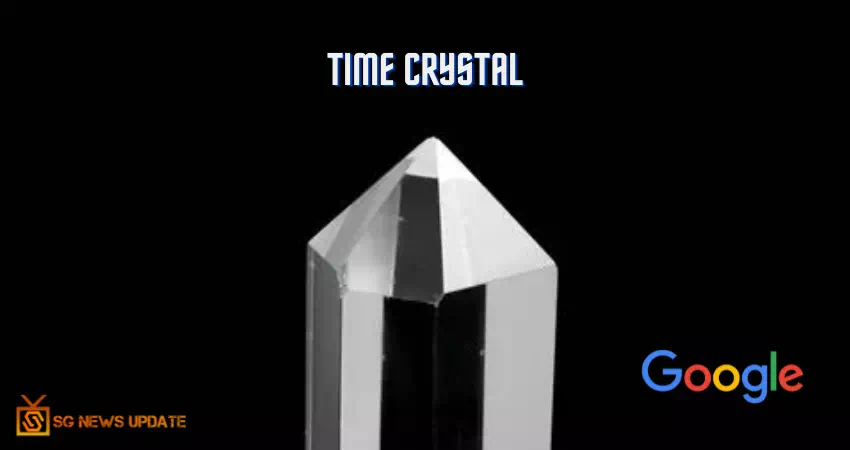
Time crystals sound dubiously like a part of a time machine, yet they're not, basically not at the present time. Time crystals are actually a novel phase of matter — for the most part hypothetical — made out of parts that waver in an ordered, rehashing cycle. Furthermore, hypothetically once more, can sustain these variations without escalating any energy.
On second thought, it sounds dubiously like eternal motion, as well. In any case, physicists have been after validation of time crystals for quite a long time. In an initial study distributed on ArXiv, a Google-drove team of physicists might have found verification by simulating time crystals on the organization's quantum PC.
As per the group, they set up a ceaseless family of tunable CPHASE gates on an assortment of superconducting qubits to mimic discrete time crystal or DTC. For the exhibition, the specialists utilized a chip with 20 qubits to fill in as the time crystal.
The scientists said that their investigation offers fundamental proof that their system could make time crystals and add that the tunability of their methodology offers a superior possibility of versatility and clears a way for additional examination. They state: "The scalability of our conventions sets an outline for future investigations of non-equilibrium stages and phase alterations on complex quantum frameworks past traditional simulability. The effective check of eigenstate order can motivate an overall technique for setting up whether an ideal property, like a specific phase, is indeed present in a quantum processor."
The Nobel Prize-winning physicist Frank Wilczek imagined the idea of time crystal in 2012, while showing a class customary (spatial) crystals. "On the off chance that you contemplate crystal in space, it's extremely normal additionally to ponder the characterization of crystalline conduct in time," he told Quanta.
Scientists executed the investigation on Google's Sycamore gadget, the same device that, in 2019, Google showed quantum matchless quality by doing a task in 200 seconds that would take a customary PC 10,000 years.
The Google-drove experiment is introductory and a portion of work remains. The publication of the paper on the pre-print server is only the initial step to welcome further survey. At last, an authority peer survey and, if effective, consideration in a scientific journal for additional dispersal and study is possible.
Coming Soon...!
Comments (0)